
21st Century E.G.G.
Black tea leaves (1 cup) Sea salt (2/3 cups) Wood ash (3 cups) Charcoal ash (3 cups) Calcium Oxide (3 cups) Rice Husks (1-1.4 kilo) Duck Eggs (1 dozen) * * 56.7 g (mass)
– Brew tea, infused at a 1:8 ratio, in boiling water. Once brewed, let steep for one hour to strengthen.
– Using a sizeable vessel – combine salt, wood ash, charcoal ash and calcium oxide. This combination of natural alkaline compounds aids in activating the preservation process.
– Once steeped, add 3 cups of tea as well as strained leaves to the mixture. Stir thoroughly, adding surplus tea as deemed necessary, until a slurry-like consistency is achieved.
* Adorn latex gloves as the hybrid is mildly corrosive and may result in tissue damage.
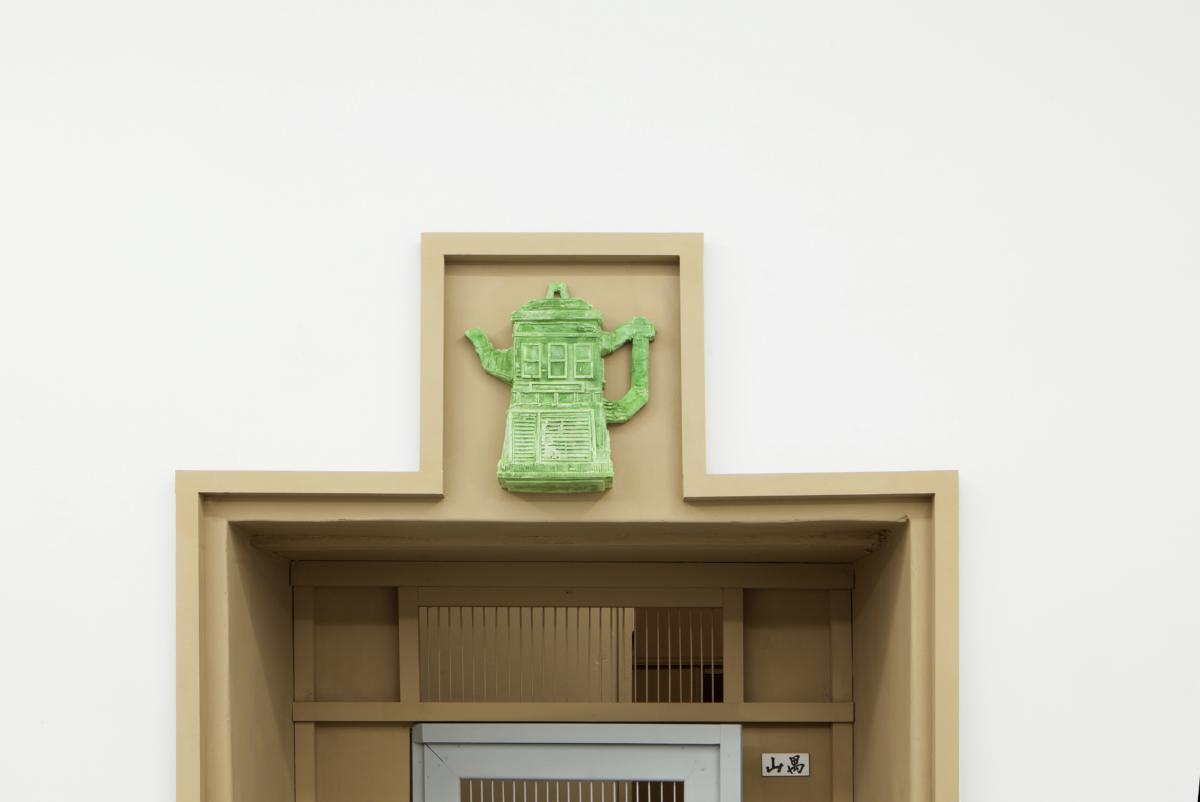
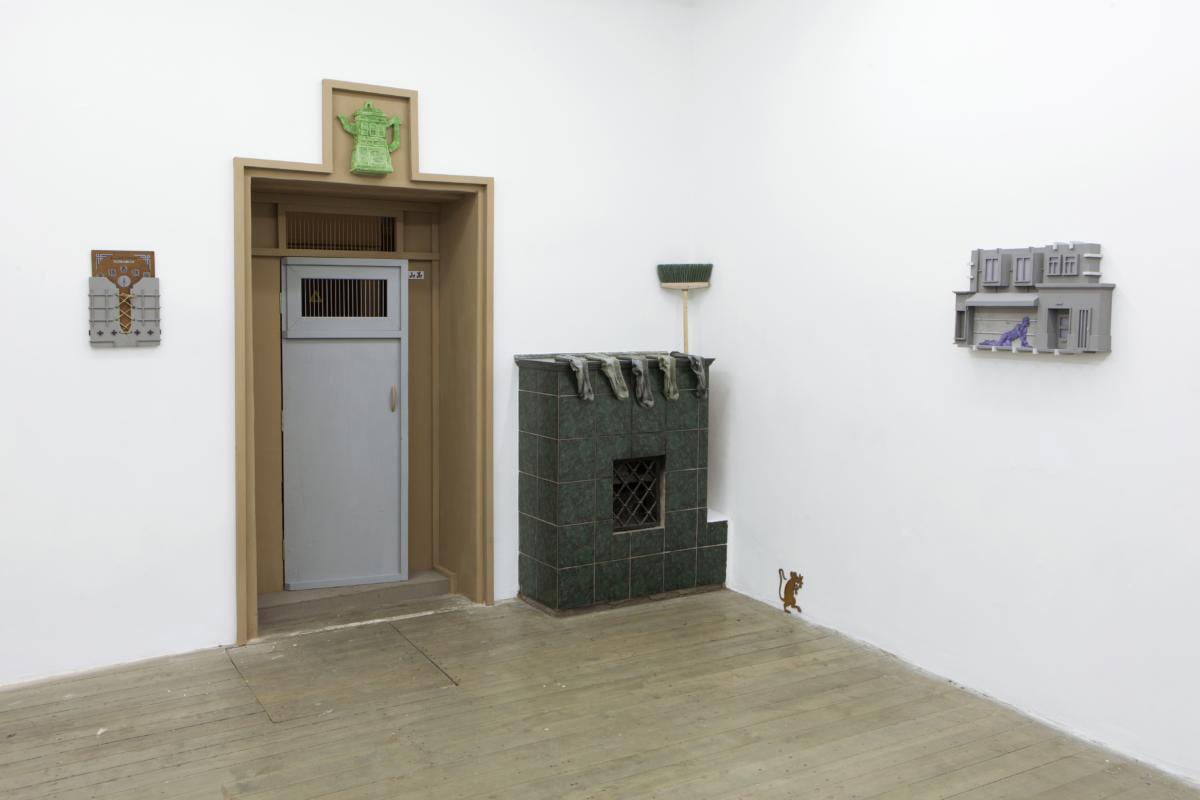
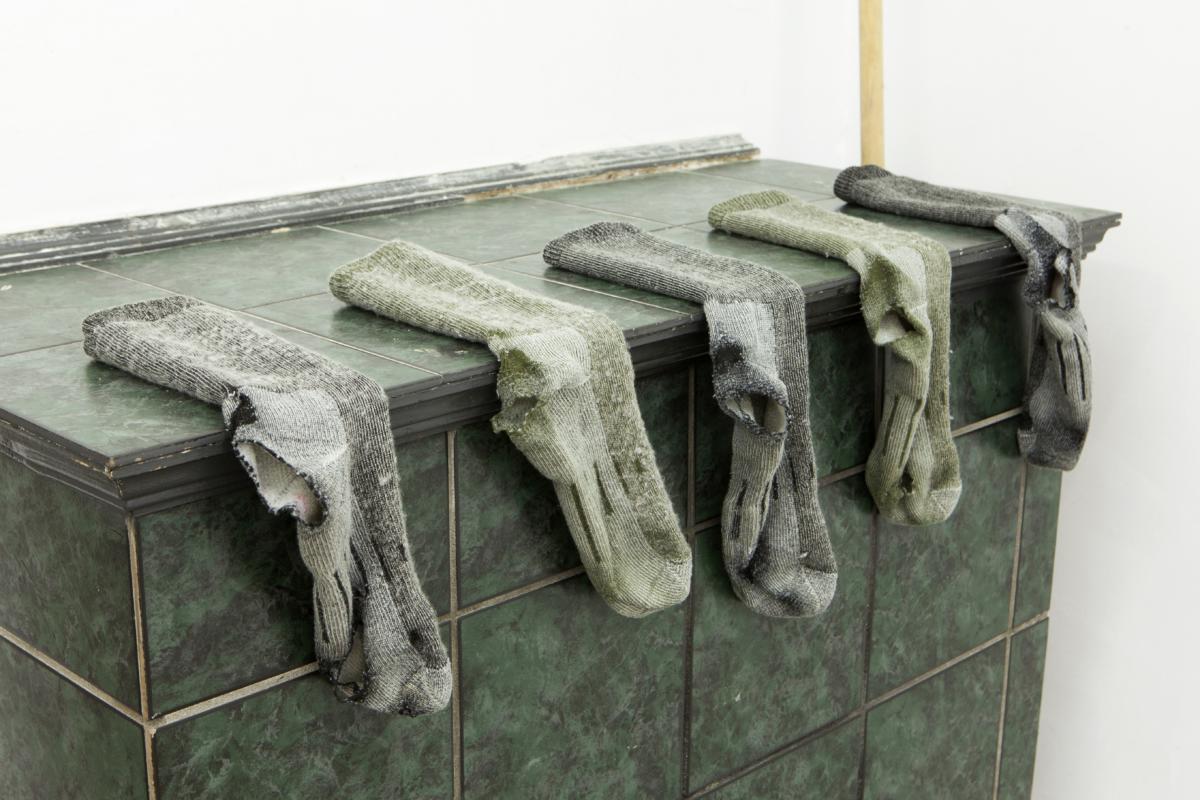


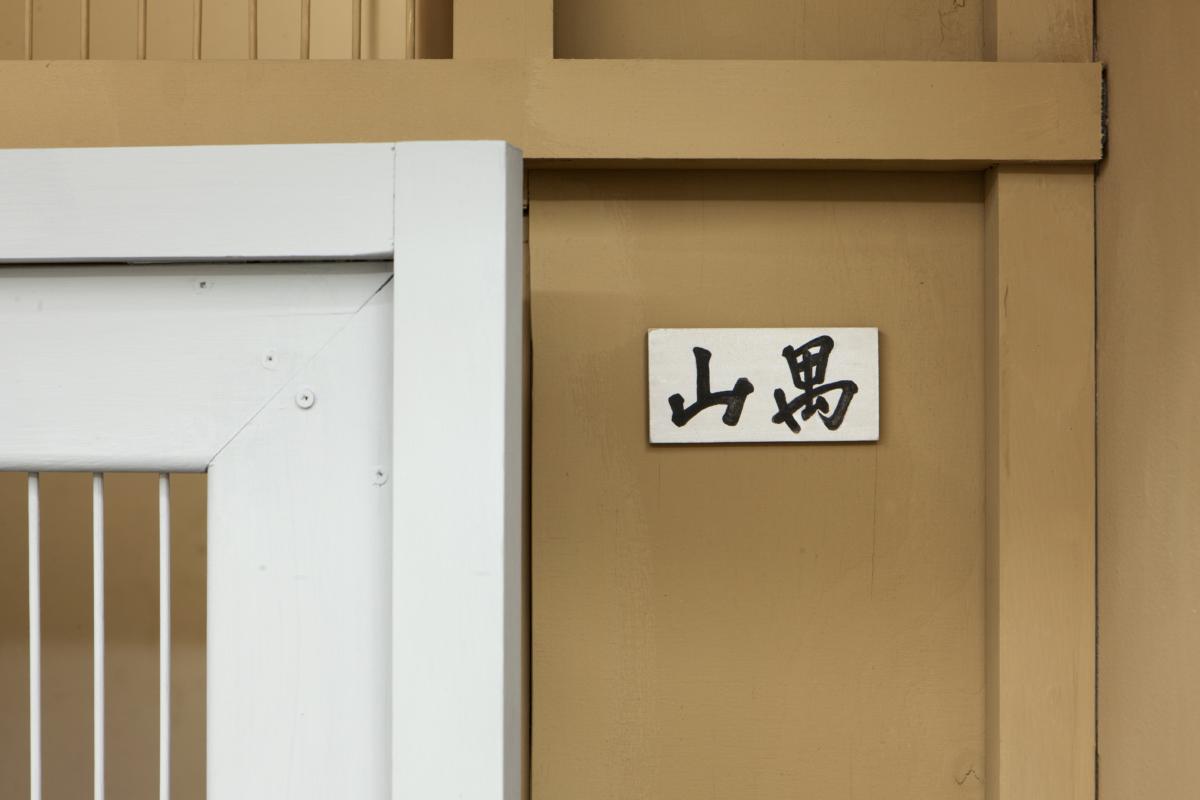
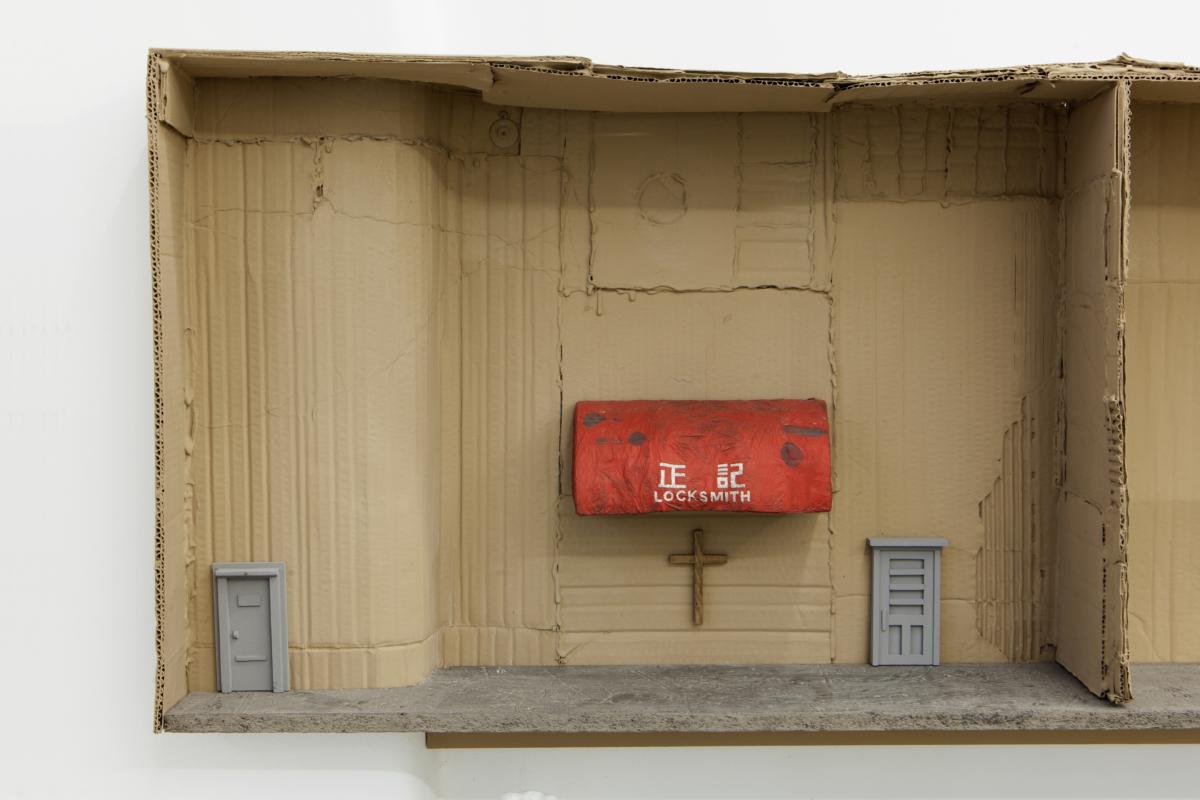
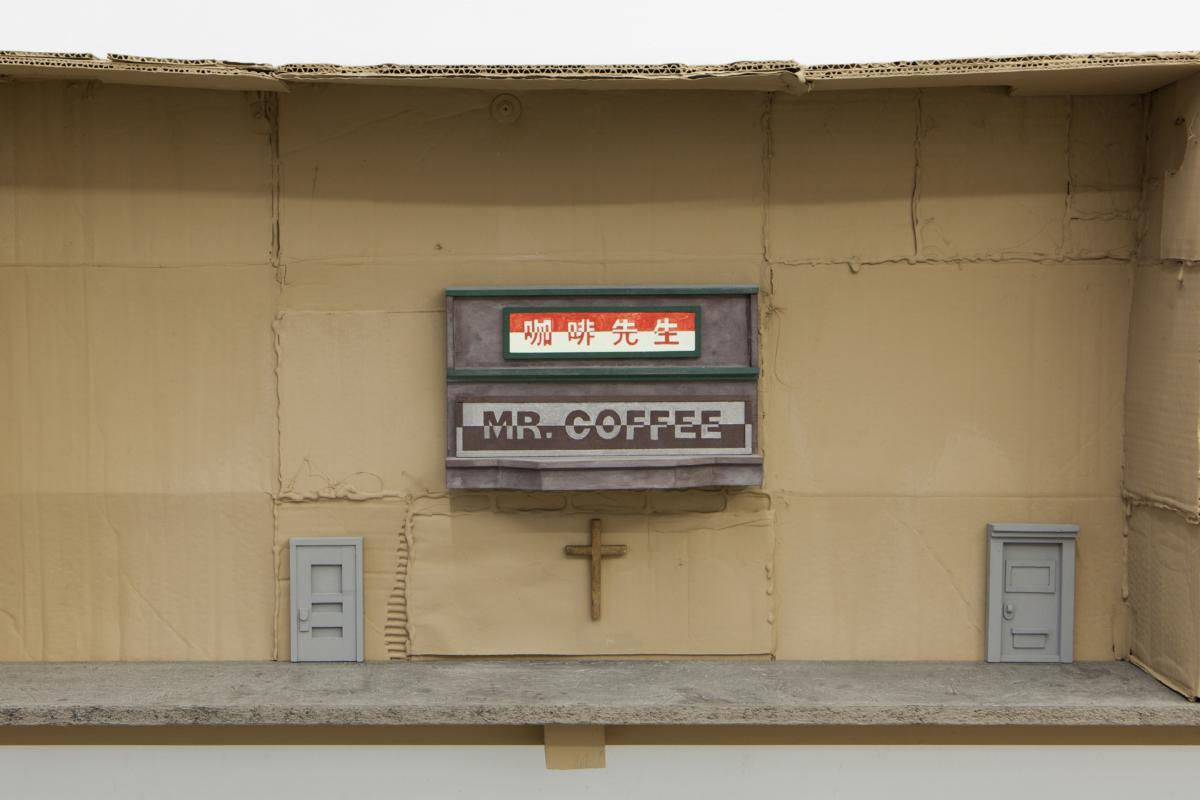
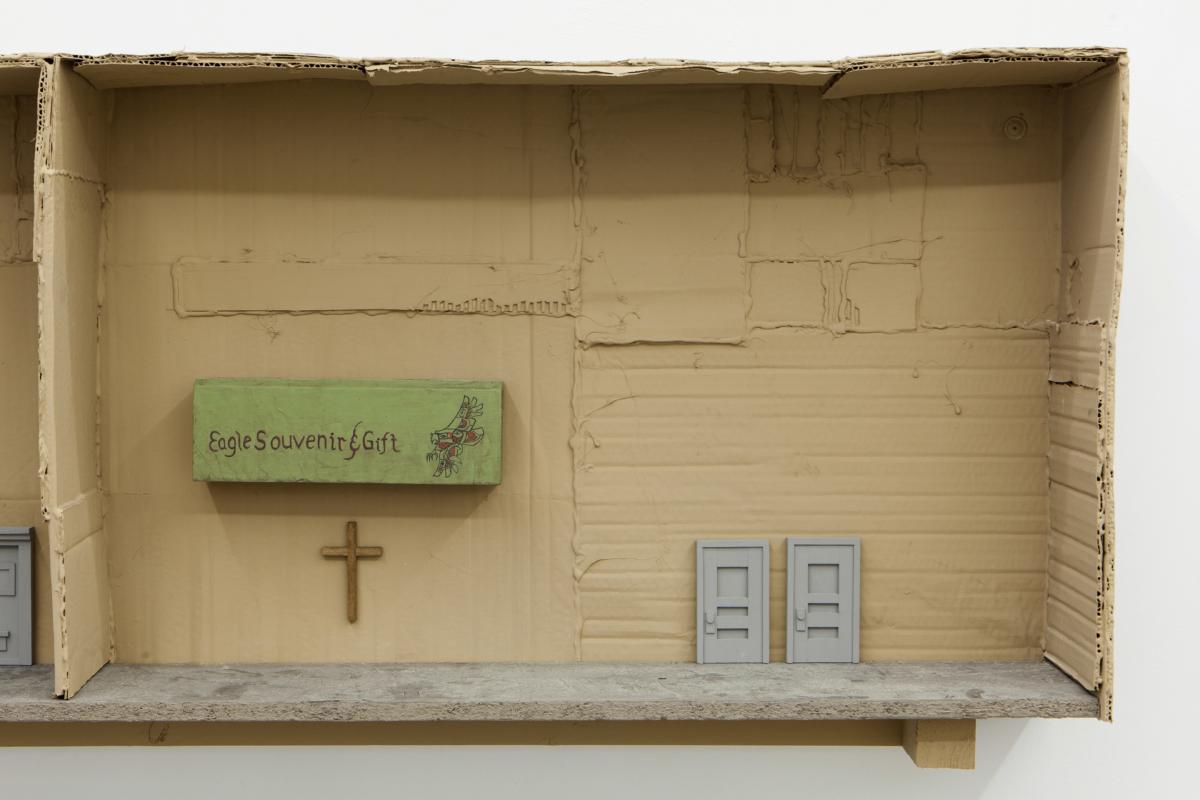
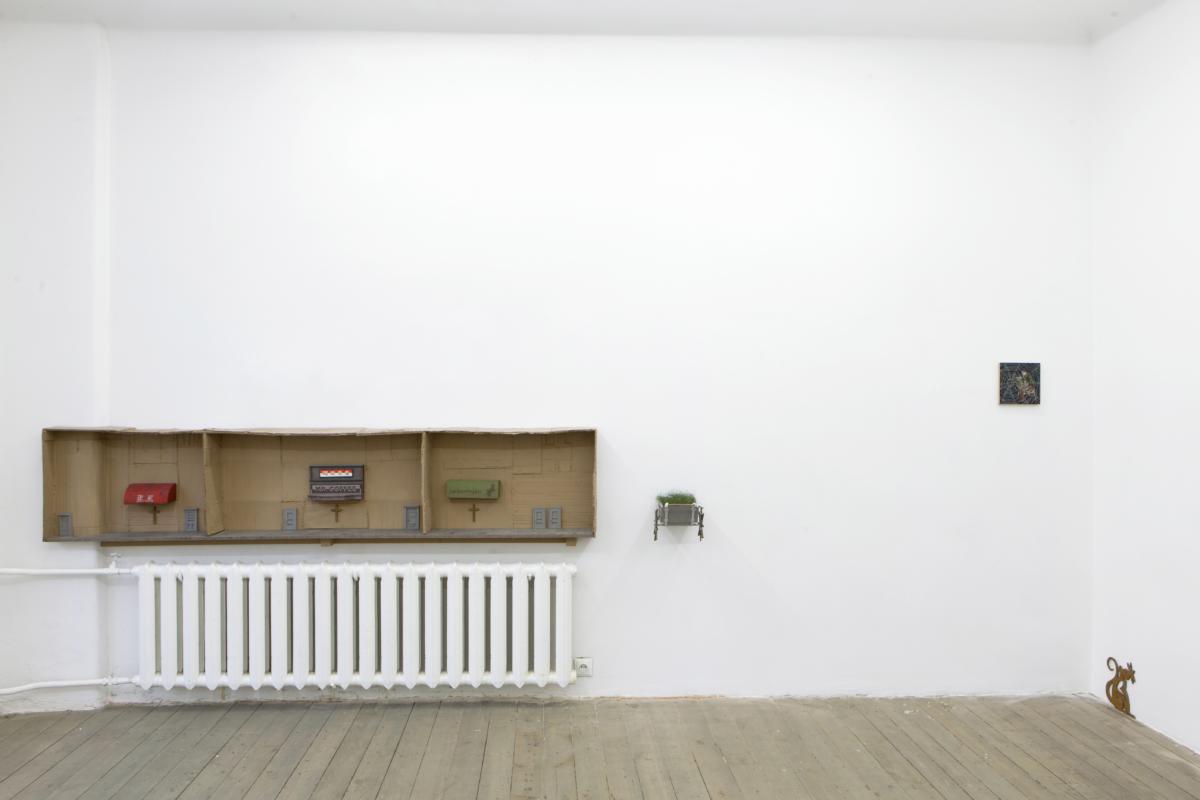

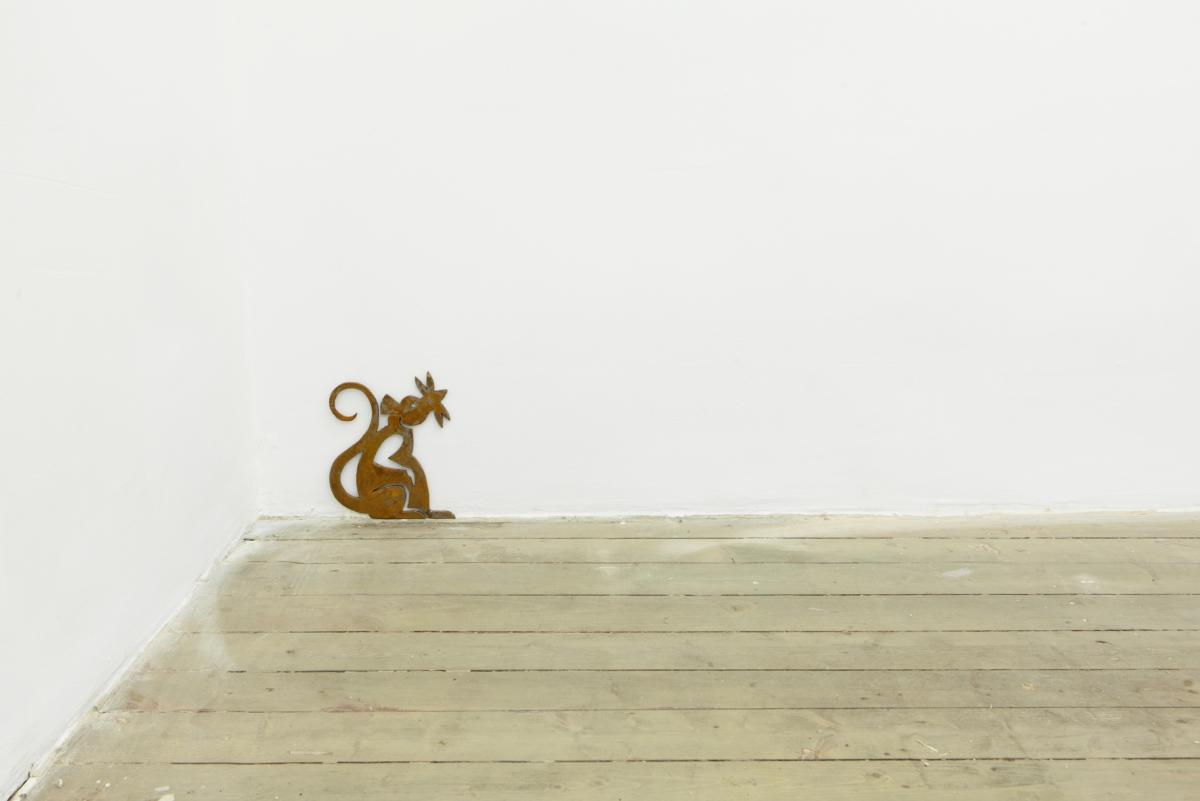
– Place six eggs into alkaline solution, coat thoroughly and let sit for 15 minutes. Fill a second vessel with rice husks. After the immersion period has commenced, tumble eggs in husk basin to yield uniform coating. Apply gentle pressure where required as to assure a secure bond. Repeat with two succeeding batches.
– Leave encrusted eggs to sit overnight.
– Come morning, prepare a bed of natural soil – preferably with high clay-content. Select an outdoor location that receives ample precipita- tion and will be left undisturbed by human activity.
– Construct a long and narrow trench, 1 ft. deep at minimum, in which to place the 1 dozen eggs. Replenish the channel with soil, packed loosely as not to cause structural damage to the preserves.
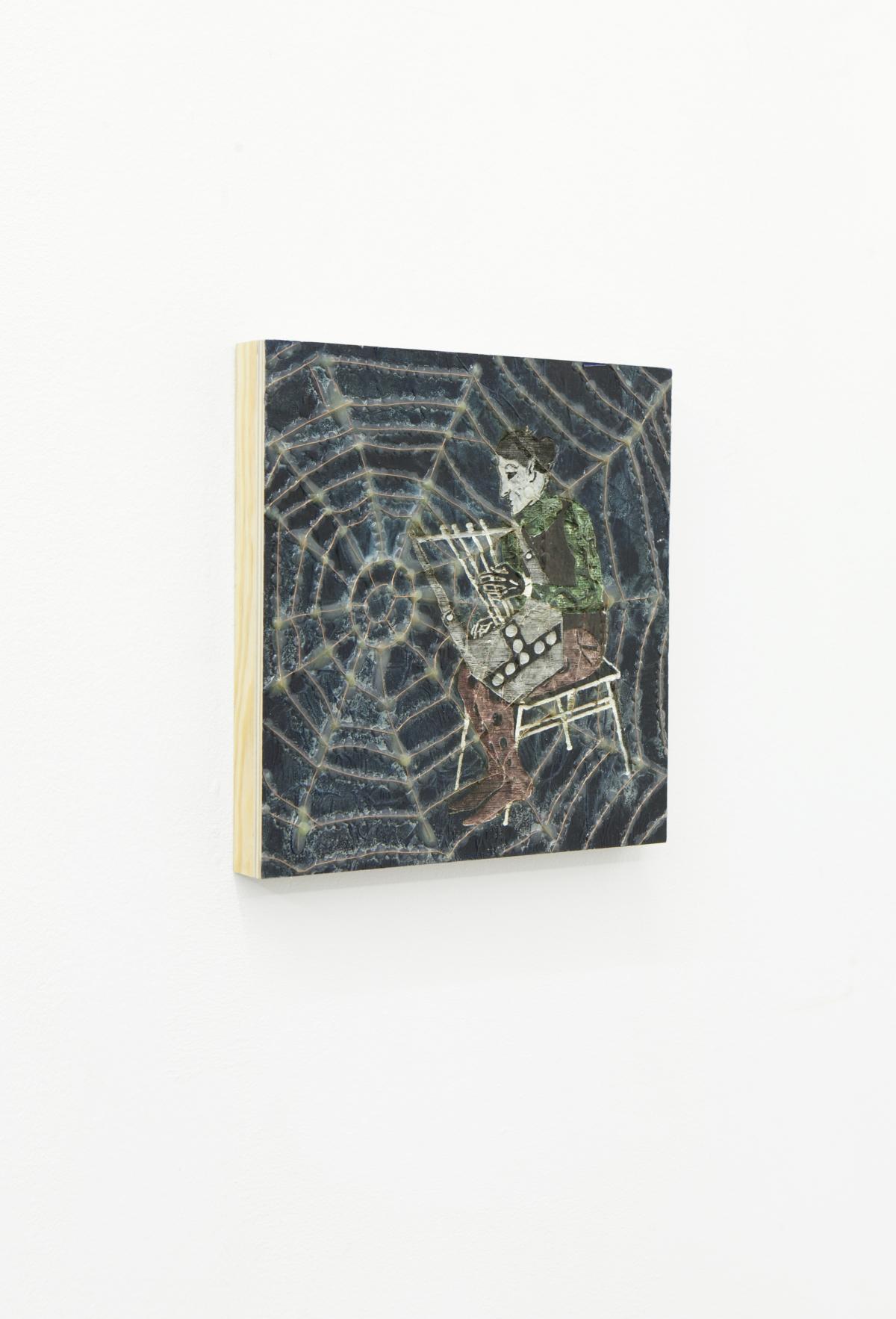
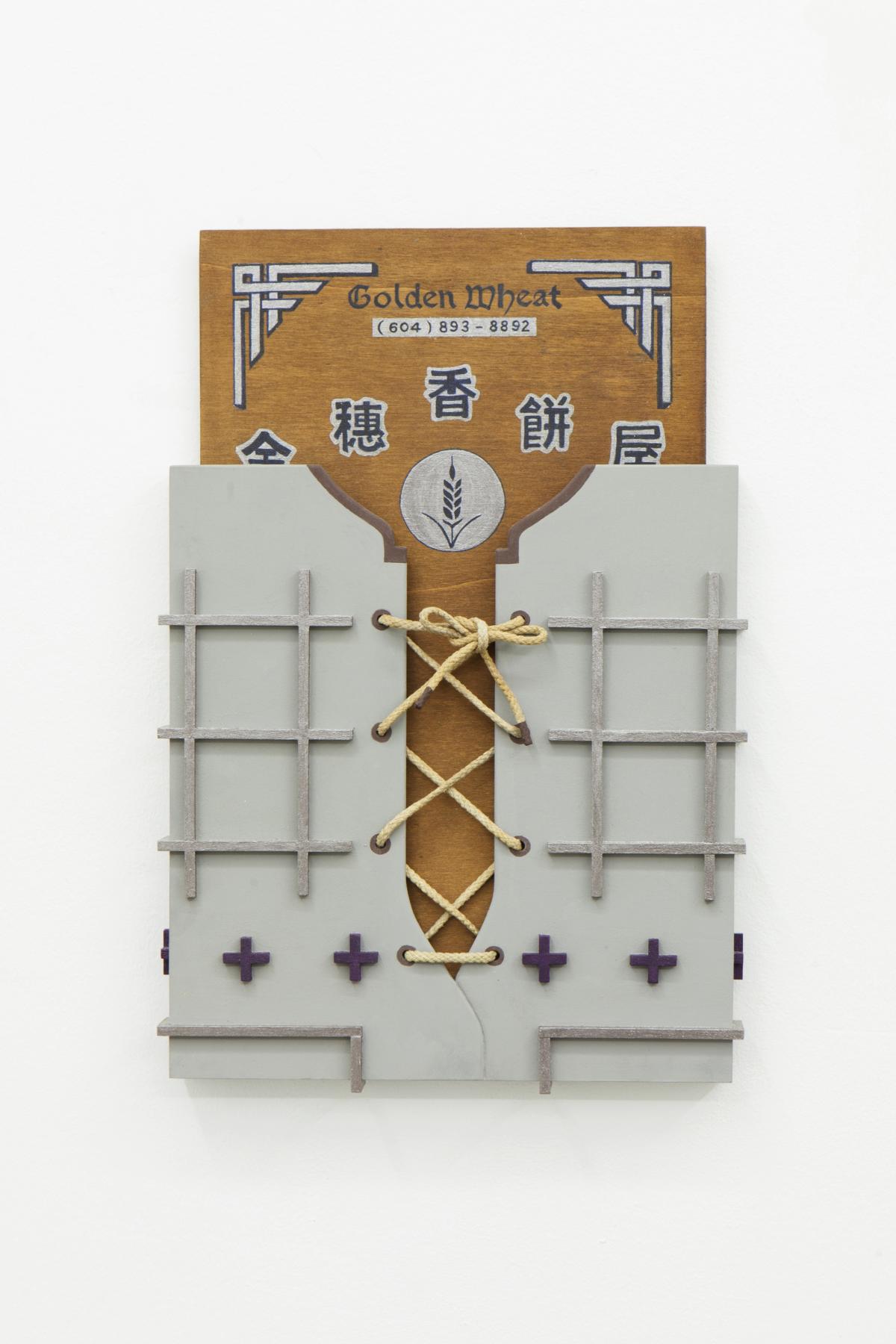
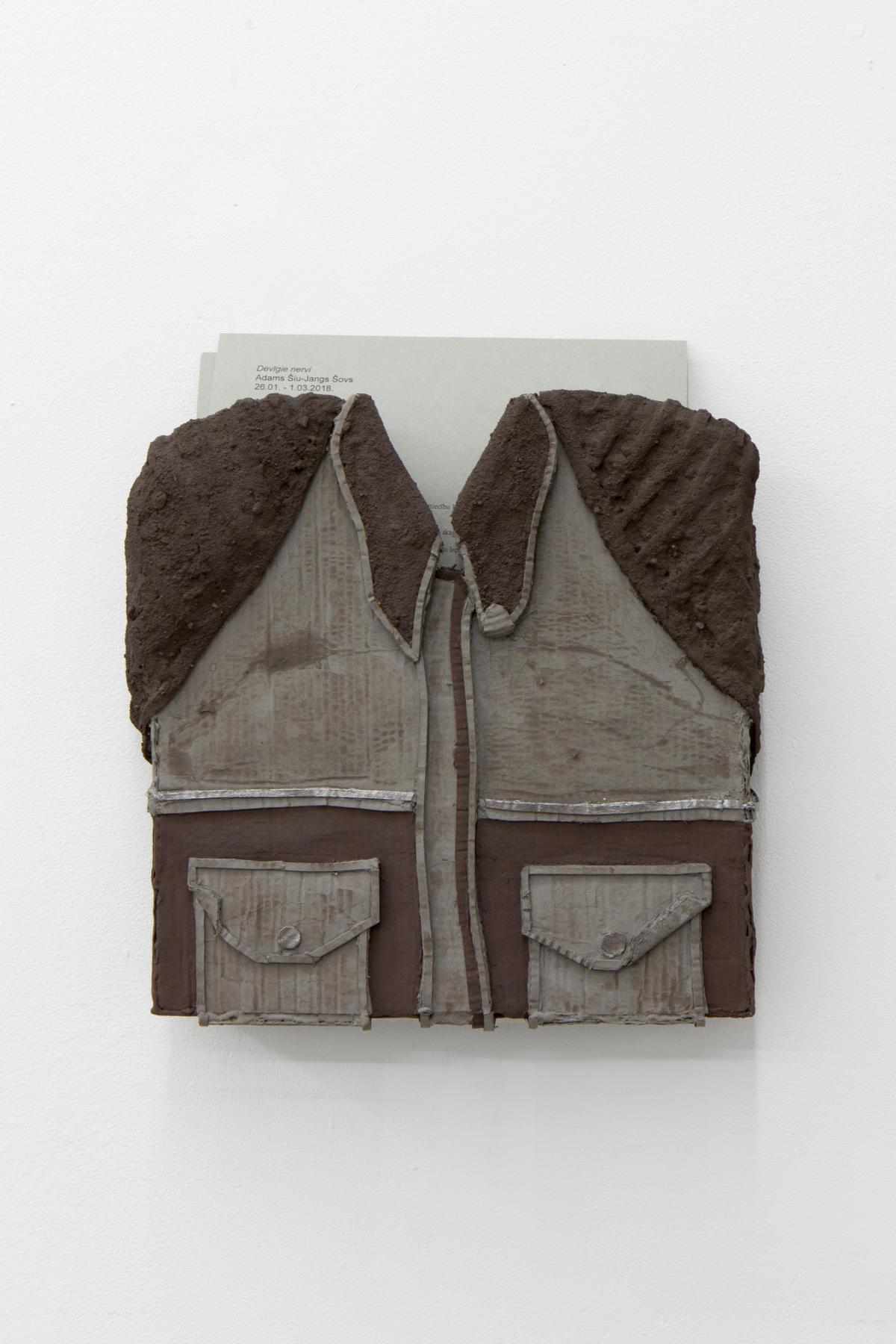

– In warmer climates (upwards of 15 °C), leave the eggs to process for a minimum of 100 days. For colder temperatures (below 15 °C), they may sit for up to 240. The preserves should be checked individually and intermittently, onwards of presumed completion date.
* Pídàn is said to have originated within China’s Hunan Province. Various renditions of this preservation method can be traced to Shanghai, Guangdong Province, Laos, Taiwan, Thailand and Vietnam.
Imprint
| Artist | Adam Shiu-Yang Shaw |
| Exhibition | Benevolent Nerves |
| Place / venue | 427 gallery, Riga |
| Dates | 26 January – 1 March 2018 |
| Website | fourtoseven.info |
| Index | 427 gallery Adam Shiu-Yang Shaw |
